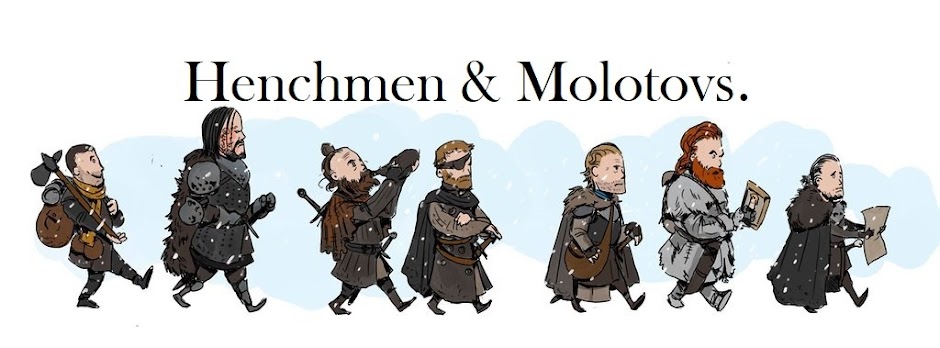Fresh and fully-supplied men, in new chariots, pulled by fresh horses, along good Roman roads, in good weather, with no potential for banditry or dragon attacks, could travel 24 miles in a day, and 30 if they hustle.
Therefore, medieval fantasy gamers have long presumed a 24-mile travel day overland.
On a long sojourn, with horses who need to graze and men who need to forage, carrying armor and gear, through dreadful unknown country, under changeable skies, in fear of unknown monsters around every dog leg, possibly transporting wounded men, and setting camp each night catch-as-catch-can, that 24-mile assumption looks like, well, a fantasy.
You can see where I’m going with this.
My assumption for overland travel speed is 12 miles a day, and even that is pushing it a little. Twelve miles of walking and climbing through unknown wilderlands with a moderate burden would be a challenge for most folks, even those who are prepared for the task.
Twelve miles is a good round number though, because we measure off wilderlands in six-mile hexes. (Remember that means center-to-center or edge-to-edge is six miles, center-to-edge is three miles and center-to-vertex is 3.5 miles.)
So we will say that through light forest and over farmland and the like, a party will move about twelve miles a day or 18 on a really good day. But through dense forest, through swamps, over a mountain, or through bare desert, it will be impossible to make any more than 12 miles in a day under most conditions.
How shall we model this?
Like the rest of the rules in Crown & Valor, I sought a compromise between precision, speed and ease. The solution I found was to forget miles (sorta) and assign movement points. Here is how it works:
The party gets three movement points per day. Entering a new hex costs some number of those movement points. Easy terrain costs one point, while harder terrains cost more. That means a day on good roads will net three hexes, or about 16-20 miles.
Furthermore, if the party uses zero, one or two points on one day, they carry one extra point over to the next day, for a maximum of four movement points. They can’t save up more than four at a time.
The next task is to assign each kind of terrain the cost of 1, 2 or 3 movement points. It’s easy to eyeball which gets which.
These numbers are just for overland movement on foot. Traveling by water or, as adventurous men sometimes do, through the thin air, will obviate terrain of course and be more dependent on weather.
The party gets three movement points per day. Entering a new hex costs some number of those movement points. Easy terrain costs one point, while harder terrains cost more. That means a day on good roads will net three hexes, or about 16-20 miles.
Furthermore, if the party uses zero, one or two points on one day, they carry one extra point over to the next day, for a maximum of four movement points. They can’t save up more than four at a time.
The next task is to assign each kind of terrain the cost of 1, 2 or 3 movement points. It’s easy to eyeball which gets which.
These numbers are just for overland movement on foot. Traveling by water or, as adventurous men sometimes do, through the thin air, will obviate terrain of course and be more dependent on weather.


No comments:
Post a Comment
Stay focused.